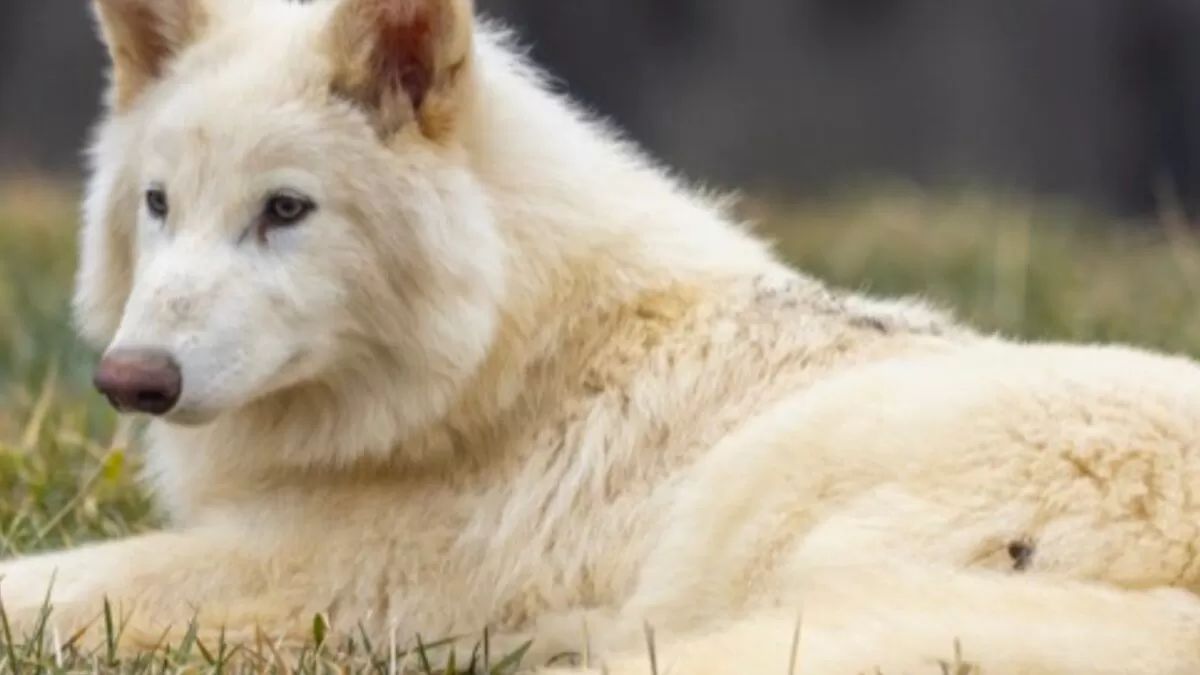Dallas-based biotech company Colossal has announced the birth of three pups bearing the DNA signatures of dire wolves, an iconic predator last seen roaming North America over 10,000 years ago.
With their names Romulus, Remus and Khaleesi, these pups are playing to the cultural imagination, blending ancient mythology with fantasy fiction. Romulus and Remus nod to the legendary founders of Rome, raised by a wolf, while Khaleesi evokes the dire wolves of Game of Thrones.
It’s a resurrection story made for the headlines, but beneath the dramatic narrative lies a more nuanced – and more scientifically grounded – story.
The birth of these pups is not the return of an extinct species. Instead, it’s a demonstration of how far we’ve come in the toolkit of synthetic biology (a field that involves redesigning systems found in nature), and a reminder of how far we still are from truly reversing extinction.
Colossal’s work follows in the footsteps of its other high-profile project: the effort to “resurrect” the woolly mammoth. As discussed in a previous Conversation article, that project began with mice carrying mammoth gene traits – early evidence that gene editing could one day produce cold-resistant elephants with mammoth-like characteristics. The dire wolf project is a similar exercise in technological potential, not biological resurrection.
So what exactly happened in the lab? Scientists at Colossal extracted ancient DNA from fossilised dire wolf remains, including a 13,000-year-old tooth and a 72,000-year-old ear bone. From these samples, they sequenced the genome (the full complement of DNA in cells) and compared it with that of the modern gray wolf.
They identified approximately 20 genetic differences that were key to the extinct animal’s appearance. These differences represent tiny tweaks in the genetic code known as single nucleotide polymorphisms, or SNPs.
These specific SNPs were then edited into the genome of a gray wolf using CRISPR-Cas9, a powerful gene-editing tool that allows for precision edits at the DNA level. The resulting modified cells were used to create embryos, which were implanted into surrogate domestic dogs. The pups that were born exhibit some traits thought to be characteristic of dire wolves: broader shoulders, larger bodies and pale coats.
However, this raises a critical question: how different is this animal, really?
To understand the limitations of this approach, consider our closest relatives in the animal kingdom: chimpanzees. Humans and chimpanzees share about 98.8 per cent of their DNA, yet the behavioural, cognitive and physiological differences are clearly profound. While 98.8 per cent sounds very similar, this translates to roughly 35–40 million differences in DNA base pairs.
Now consider that the evolutionary split between dire wolves and gray wolves took place more than 300,000 years ago – and the two populations will have been diverging genetically for much longer before that. This means there are likely to be many more genetic differences between dire wolves and gray wolves. Editing 20 SNPs – out of billions of base pairs – is a minuscule change in evolutionary terms.
The result? These animals may look a little like dire wolves, but they are not dire wolves. They are gray wolves with a few cosmetic tweaks. In this light, the project represents a remarkable demonstration of genetic engineering, rather than a literal revival of an extinct species.
That said, this is still an extraordinary achievement. Extracting usable DNA from ancient remains, accurately sequencing it, identifying meaningful genetic variants and successfully editing them, then raising animals based on that information are all milestones worth celebrating.
What are the applications & risks involved?
The techniques honed in this project could find applications in conservation, especially for endangered species suffering from inbreeding and genetic bottlenecks.
This work also expands the boundaries of what synthetic biology can do. The ability to dial specific traits in or out of a genome is valuable not just for scientific curiosity, but potentially for public health, agriculture and ecological restoration. But with these new tools come new responsibilities.
What role will these pseudo-dire wolves play in the wild? Would they behave like the long-extinct predators they mimic, or simply resemble them in form not function? Ecosystems are delicately balanced networks of interaction – adding a creature that is similar but not identical to a former apex predator could have unpredictable consequences.
The young wolves are reportedly living in a 2,000-acre nature reserve at a secret location. So, while the reserve is surrounded by a10ft fence, the wolves have plenty of room to roam and could encounter other wildlife.
Some researchers argue that instead of chasing lost species, we should focus on protecting the biodiversity we still have. Resources poured into de-extinction could arguably be better spent preserving habitats, restoring degraded ecosystems, and preventing modern extinctions.
Colossal’s dire wolf project is not a resurrection – it is an imitation. But that doesn’t mean it lacks value. It offers a glimpse into the possibilities of genetic science, and raises essential questions about what we mean when we say we are “bringing back” extinct species.
But in the end, it’s not about whether we can bring back the dead. It’s about what we do with the power to remake the living.
Timothy Hearn, Senior Lecturer in Bioinformatics, Anglia Ruskin University
This article is republished from The Conversation under a Creative Commons license. Read the original article.


)

)
)
)
)
)
)
)
)



